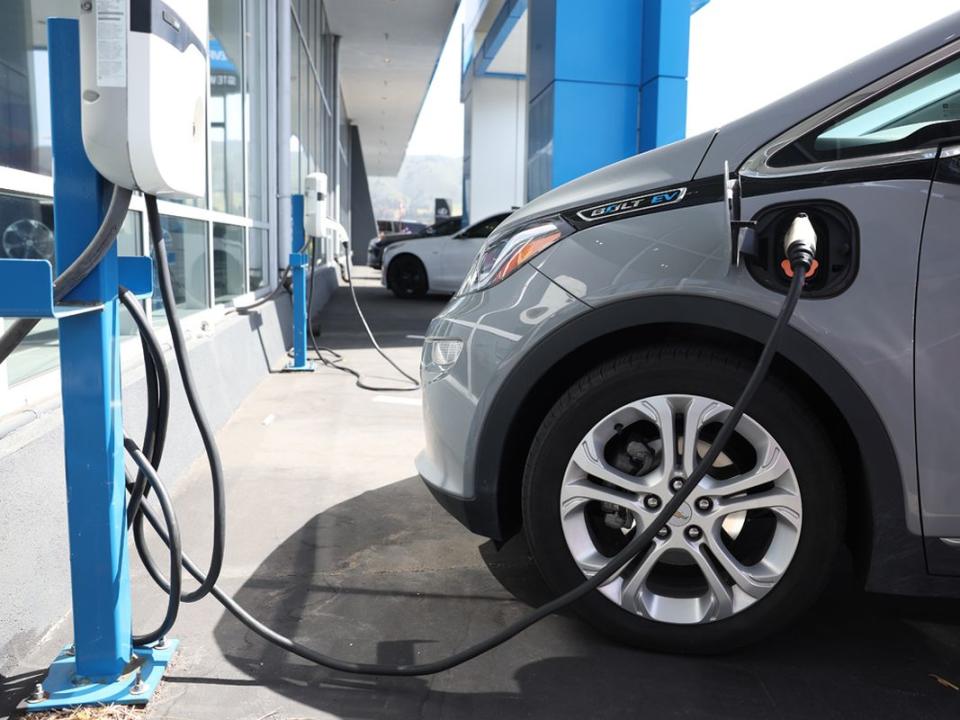William Watson: We need a Model-T EV if consumers are to switch

In 1909, a new research paper tells us, cars were very much a luxury good, even in the United States. The average car cost roughly $3,000 at a time when per capita income was $317 and average annual wages in manufacturing $518 (all figures in US$). A manufacturing worker “would have to work for almost six years while consuming nothing in order to afford the average car,” write the paper’s economist-authors, Shari Eli from the University of Toronto and Joshua K. Hausman and Paul W. Rhode from the University of Michigan.
Cars were like yachts are today, a signal of wealth and status with little practical use. In 2021 dollars, that $3,000 average price is $87,000. Ownership of the country’s 305,950 cars — one for every 300 Americans — was centred in cities, where rich people lived. In the countryside, cars were exotic menaces that frightened the animals. There were reports of farmers digging ditches in the roads to stop their encroachment. Cheaper cars did exist. But one $500 model had “a wooden axle and solid rubber tires.” Good luck driving that!
In just 20 years, however, all that changed, and so did the social organization of what quickly became the car-loving United States. By 1929, there was one car for every 5.3 Americans. Income was no longer a strong predictor of car ownership, which was now widespread, and the highest rates of ownership were no longer in cities but on the Great Plains. Moreover, the U.S. had established a wide gap in car ownership with other countries that, unlike its initial leads in telephones and radios, persisted.
Canada is probably the country most like the U.S. but in 1929 car ownership in this country was barely half what it was in the U.S. And it was even lower in all other countries except New Zealand (where it was the same as in Canada). Income differences are part of the story. In 1929, as is true today (see the article by Niels Veldhuis and Milagros Pilacio elsewhere in FP Comment), average Canadian income was greater than that in only 10 U.S. states.
But what really explains both the explosion of U.S. car ownership between 1909 and 1929 and the wide ownership gap with other countries is price. After 1909, the price of cars plummeted, thanks mainly to Henry Ford’s Model T, which he introduced in 1908, began mass production of in 1913 and continued producing until 1927. In its peak year of production, exactly 100 years ago, more than two million Model Ts rolled off Ford’s production lines.
The Touring version of the Model T entered the market at just under $1,000 in 1909. Both its nominal and real price then fell by half between 1909 and 1915 and its real price halved again between 1915 and 1921. In 1922, despite wartime inflation, you could get the Touring model for $348. The result was that “Model Ts quickly captured a near monopoly on low-price car sales. Around 1913, Model Ts made up 96 per cent of all cars sold for less than $600 … By 1926, half of all cars on the road were Fords.”
In this country in 1914 Model T sales “exceeded the sales of all other cars … combined,” while in 1926 “45 per cent of cars … were Model Ts.” Though Ford was clearly the Big Tech heavyweight of its day, the antitrust authorities wisely stayed out of this rapid diffusion of new transportation technology to the middle class.
The U.S. love for cars, which the low-cost Model T did so much to nurture, remained uniquely American for the longest time. “It was not until 1974, for instance, that France reached the per capita level of vehicle ownership reached by California in 1926.” And again, price is key. In 1922, the Touring version of the Model T cost US$348 in Detroit, Mich., but, because of tariffs, market size and other factors, US$523 just across the river in Windsor, Ont. Model T prices remained 20 to 50 per cent higher here than in the U.S. and up to 120 per cent higher elsewhere in the world, thus helping explain the ownership gap with the U.S.
The moral of the Ford story is that to get the world to switch over to a new car you’ve got to provide a strong incentive. The Model T was a “uniquely high quality to price ratio” — but also a much lower price than its competitors, of whom there were few in the low-price segment of the market once Ford blew them out of the water.
Labour markets didn’t cause US inflation but will have to end it
With Eleanor Wachtel leaving Writers & Company, we can shut down CBC
If history is a guide, a switchover to electric vehicles as rapid and complete as the U.S. switchover to cars between 1909 and 1929 will require as big a reduction in their price — from the average of US$66,000 the Kelley Blue Book quotes for 2022.
The Fordian production line can’t be reinvented. So it’s hard to believe EV costs will fall as far and as fast as Model T prices did a century ago. Yes, some governments may try to double EV subsidies and double them again in an attempt to get the masses to switch. But it’s hard to believe there won’t be a backlash against a Ford-scale attempt to bribe people, not by sharing real reductions in cost, but with their own tax dollars.

 Yahoo Finance
Yahoo Finance 